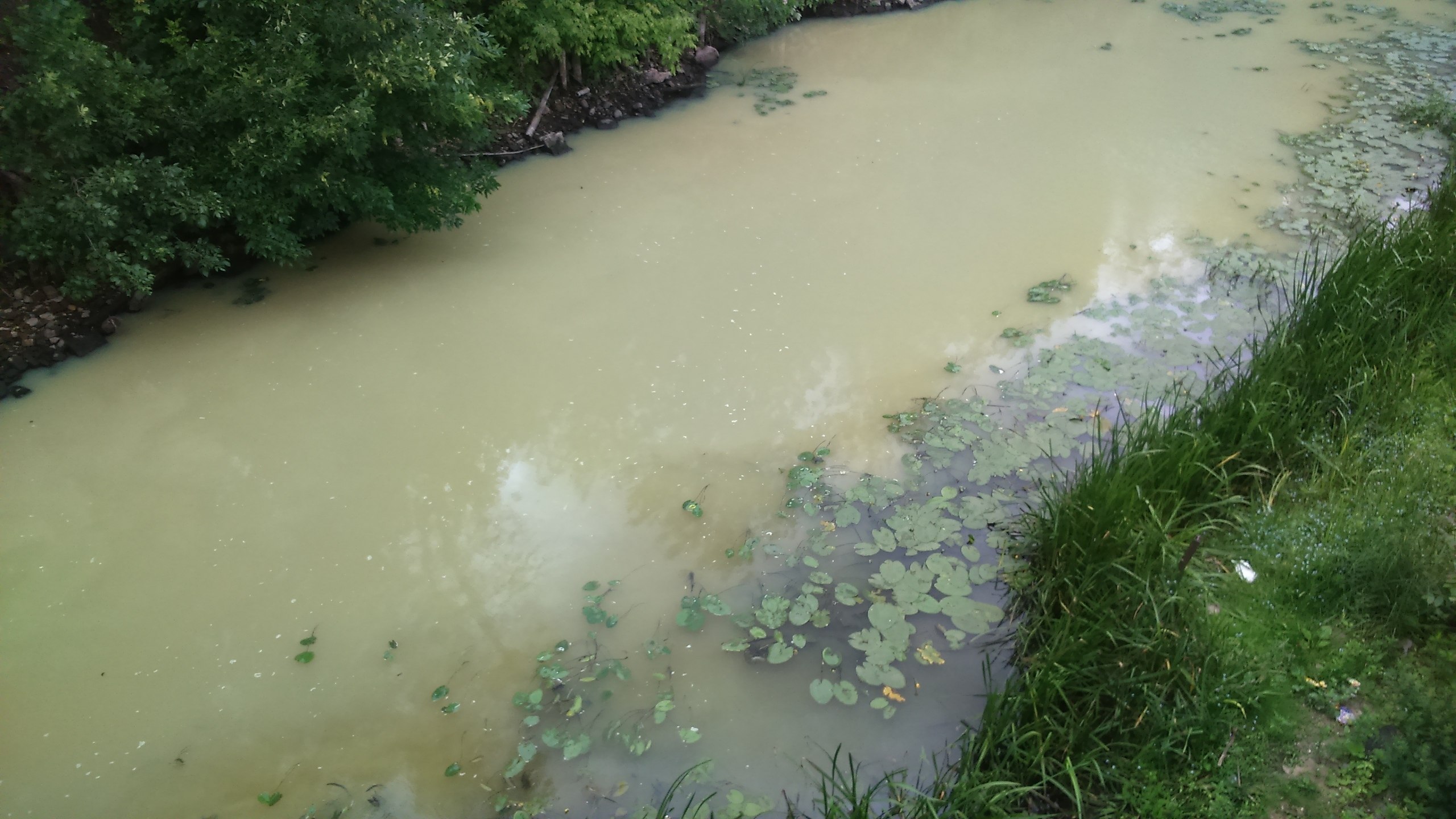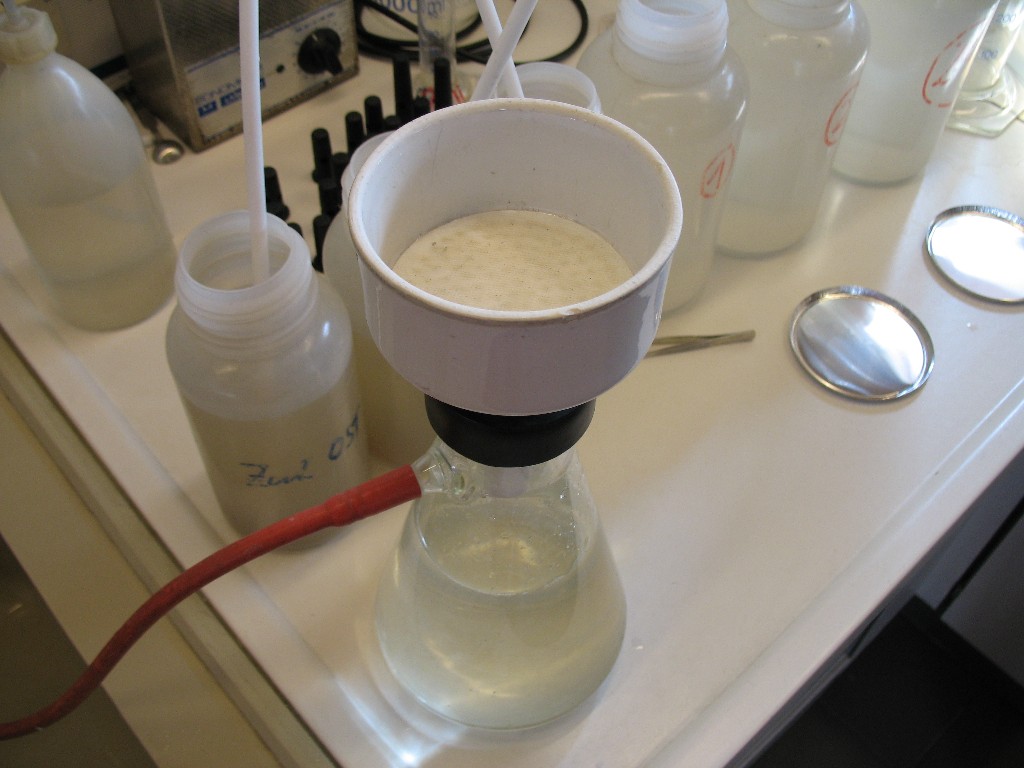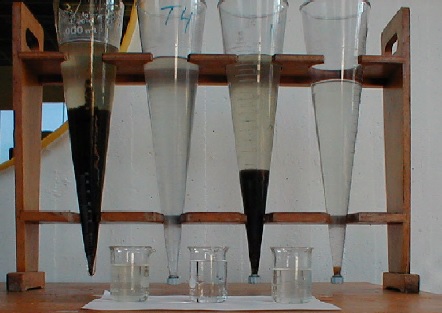Application of Gravimetric Method in Water Quality Detection
发布时间:2021/5/26 9:46:37 来源:贯奥仪器仪表 作者:便携式多参数水质分析仪器 阅读次数:
Gravimetric analysis usually uses some appropriate methods to separate the measured component from the water sample, and then convert it into a certain weighing form, and finally use the weighing method to determine the content of the component. The gravimetric method is mostly used in the analysis of inorganic substances. According to the different methods of separating the measured components and other components, the gravimetric method can be divided into precipitation method and gasification method. The precipitation method is generally used in water quality testing.
In water quality testing, gravimetric analysis is often used for the determination of residues and the detection of mud content in the filter layer related to water treatment.

Application of gravimetric analysis
Residue detection in water
Residues in water can be divided into three types: total residue, total filterable residue and total non-filterable residue. They are indicators that characterize the content of soluble and insoluble substances in water. The relationship between the three can be expressed by the following formula:
Total residue = total filterable residue + total non-filterable residue
Because the characteristics of the filter used and the size of the pore size can affect the determination results of the total unfilterable residue and the total filterable residue, the so-called filterable and unfilterable have relative significance. Usually the measurement results should indicate the filtration method and the pore size of the filter used. Residues in water contain free water, adsorbed water, crystal water, organic matter and substances that are easily changed under heating conditions. Therefore, the drying temperature and time have a greater impact on the results of the residue determination. 103~105℃ is commonly used in the experiment, and sometimes (180±2)℃ drying is used for determination. The residue dried at 105°C still retains crystal water and some adsorbed water, and the bicarbonate is converted to carbonate, the organic matter is less volatile, and the drying speed is slower. The residue dried at 180℃ may retain some crystal water, the volatile amount of organic matter is relatively large, and some salts may decompose.

(1) Total residue in water
The total residue is also called the total solid, which refers to the substance remaining in the vessel after water or wastewater is evaporated and dried at a certain temperature. Bake the evaporating dish in an oven at 103~105℃ for 30min, and weigh it after cooling until it has a constant weight. Take a proper amount of oscillated and even water sample in an evaporating dish weighed to a constant weight, evaporate it on a steam bath or a water bath, and move it to a 103-105℃ oven to bake to a constant weight. The increase is the total residue.
(2) Total filterable residue in water
The total filterable residue in water is also called total dissolved solids, which refers to the solids that have passed through the filter and dried to a constant weight at a certain temperature after being evaporated to dryness. Generally measure the total filterable residue dried at 103-105℃. But sometimes it is required to determine the total filterable residue dried at (180±2)℃. Drying at this temperature can remove all adsorbed water, and the result is close to the total mineral content obtained by chemical analysis.
Bake the evaporating dish in an oven at 103~105℃ or (180±2)℃ for 30min, cool and weigh until constant weight. After filtering the water sample with a 0.45um filter membrane or medium-speed quantitative filter paper, take an appropriate amount into an evaporating dish weighed to a constant weight, evaporate it on a steam bath or a water bath, and move it to 103~105°C or (180±2)°C Dry in the oven to a constant weight, and the increase is the total filterable residue.
(3) Total non-filterable residue in water
The total non-filterable residue in water is also called suspended solids (SS), which refers to the solid matter left on the filter after filtration and dried to constant weight at 103~105℃. Suspended matter includes water-insoluble silt, various pollutants, microorganisms and insoluble inorganic substances.
The determination methods include asbestos crucible method, filter paper or filter membrane method, etc., which are all based on the principle of constant weight of filtration. The main difference is the difference of filter materials. The asbestos crucible method requires asbestos fibers to be evenly spread on the ancient crucible as a filter material. Because asbestos is more harmful, it has been seldom used in recent years; the filter paper and filter membrane method are relatively simple and require high operation requirements, and the operation is not rigorous and easy to cause errors. .
Determination method: select appropriate filter material with constant weight, filter a certain amount of water sample, move the filter material loaded with suspended matter into an oven and dry it to constant weight at 103-105℃, the increased mass is the suspended matter.
Suspended matter has a great impact on water bodies. There are suspended solids in the ground water, which makes the water turbid and reduces its transparency; industrial wastewater and domestic sewage contain a large amount of suspended solids, which pollute the environment. Suspended matter is an important indicator to measure the quality of water. It is one of the important conditions that determines whether industrial wastewater and domestic sewage can be discharged into public water bodies or must be treated.

Quality determination of mud in filter layer of water treatment
After the water treatment filter is rinsed, lower the water level to expose the bed surface, and then sample at 10 cm below the sand surface. There should be at least two sampling points for each filter. If the area of the filter exceeds 40m2, one additional sampling point can be added for each additional 30m2 area. The sampling points should be evenly distributed, and the samples obtained from each sampling point should be mixed and analyzed.
Place the dirty sand in an oven at 103-105℃ to dry to a constant weight. After cooling, weigh 5-10g of sample with a watch glass, then place it in a porcelain evaporating dish, add about 50mL of 10% industrial hydrochloric acid to soak, and wait for the dirty sand to loosen. After that, rinse with tap water until the stain is not visible to the naked eye, and finally rinse with distilled water once, and the value is obtained by constant weight after drying.


